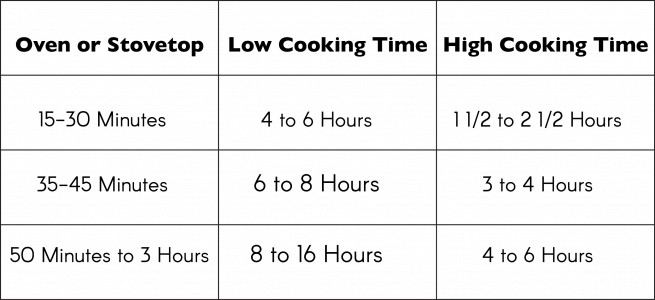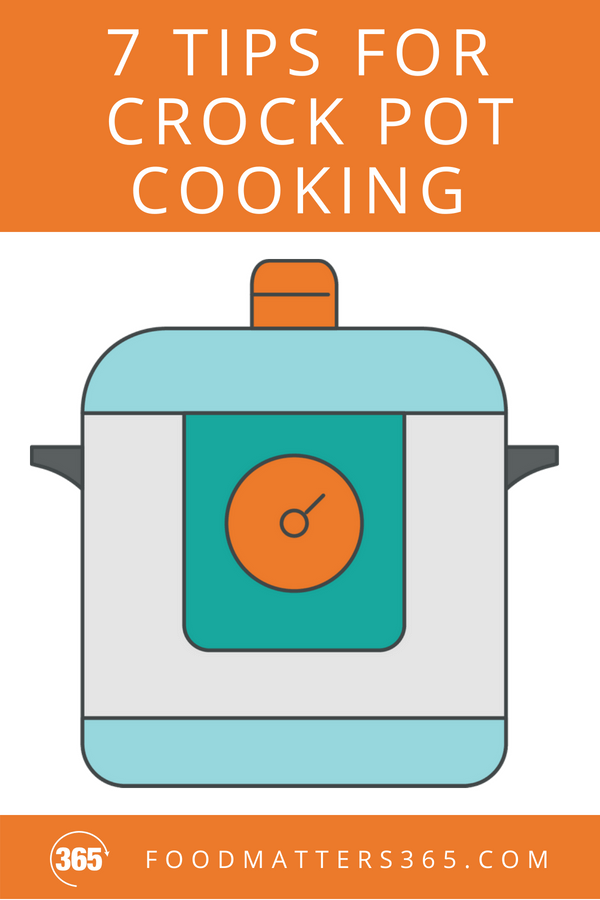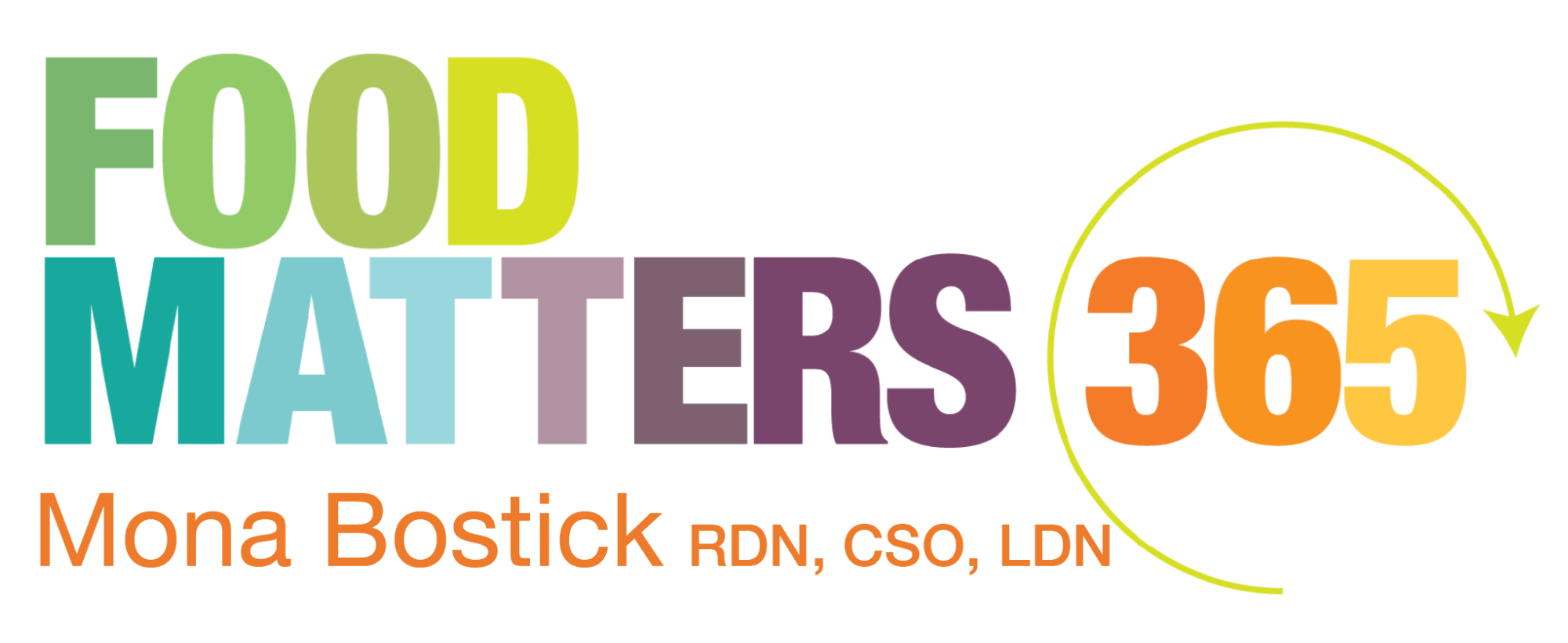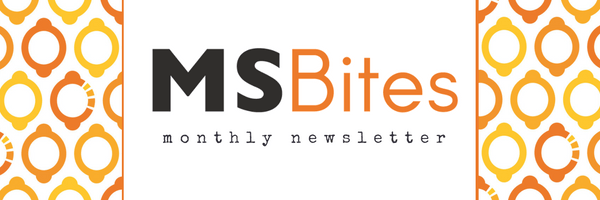
7 Tips For Crock Pot Cooking
The humble crock pot… decidedly unsexy as a kitchen tool, underrated as a time and energy saver but GREAT for when you are too pooped to cook or want a hot cooked meal without heating up the kitchen. It really is the next best thing to having the meal prepared for you by someone else. Well almost. You still have to do a bit of planning and prep work ahead of time but crockpots require a lot less hands-on cooking time compared to other cooking methods. You don’t have to stand by the stove or check the oven every twenty minutes so it is great for when you just really don’t have the time or energy to put into a meal.
I frequently recommend crock pot cooking with my clients who have hectic schedules or struggle with fatigue— two things that frequently interrupt the best intentions of meal preparation. I am surprised by the number of people who don’t use their crock pot because they are either 1) intimidated and do not know where to start or 2) associate it with the 1970’s and have simply forgotten about it. If you do not own a crock pot I can wholeheartedly recommend them… a small investment for a huge helping hand in the kitchen. If you do own one, dig it out and give it a whirl! I have put together a list of tips to make your entry (or reentry?) into the world of crock pot cooking a painless one.
1. Plan Ahead
Plan out your weekly meals in advance (including recipes) and make your shopping list from there. It doesn’t have to be complicated to taste good! Look for recipes with 7 or fewer ingredients. The fewer the ingredients, the less prep you will have to do.
2. Thaw Before You Crock
As you are planning out our weekly meals make note of any foods you may be pulling from the freezer to be used in the crockpot. Be sure to remove them from the freezer to the refrigerator for thawing in advance. Make sure they are fully thawed prior to putting them into the crock pot. It is not a good idea to put frozen meats into a crockpot because foods need to reach a minimum internal temperature of 140 degrees within 4 hours to prevent bacteria growth. For even cooking, cut large foods into smaller uniform pieces to ensure even cooking.
3. Size Matters
Crock pots are available in several sizes. I have collected three over the years… a 1.5 Quart which I use for this recipe. A 3.5 quart which is my most frequently used and suits most recipes I make for a family of 4. I also have a 6-quart crock which is great for larger recipes. I used this one recently when I overbought pinkeye peas from the local farmers market. Ideally, your crock pot should fit the size of the recipe you are making. For best results, fill the crock pot 1/2 to 2/3 full and make sure that the lid fits snugly in place.
4. Converting Recipes
There are a number of great cookbooks dedicated specifically to crock pot cooking. But if you would like to convert one of your own recipes to be used for the crock pot, look for recipes like soups, stews, casseroles, chili, beans, less tender (and less expensive) cuts of meat, spaghetti sauces and similar. Remember that liquids in the crock pot do not boil away as they would on the stovetop, so you may need to reduce the liquids by half. Also keep in mind that you may be able to eliminate some to the preparation steps of a conventional recipe. For example; vegetables do not have to be sauteed in advance, meats do not have to be browned in advance (although some still do this for the flavor it contributes). And finally, almost all of the ingredients can be added at once— in the beginning.
5. Save Some Ingredients Until the End
Because milk, cream, sour cream or yogurt tend to break down in the slow cooker over time, you should add these ingredients in the last 15-60 minutes of cooking. If your recipe includes pasta you should add it in the last hour to prevent it from becoming mushy. Grains like rice, quinoa, barley can usually stand up to longer cooking times but if you are unsure… experiment!
Conversion Chart For Oven Or Stovetop Cooking Times To CrockPot Cooking Times:

6. Easy Cleanup
Spray the inside of the crock with Pam or similar cooking spray prior to adding anything else. This makes clean up much easier.
7. Planned Leftovers
The great thing about a crock pot, or one of the great things is that it can be used to make a complete meal or it can be used to cook components of future meals. Take dried beans…If you cook a pot of dried beans they can be used throughout the week alongside other entrees, included in chili or soup, tossed into salads. The same idea applies to cooking animal proteins. The finished product can be used during the week to save time prepping future meals. You can even freeze some of your leftovers for use over the coming weeks. Just make sure that the finished product is stored in a shallow covered container (not the crock) and refrigerated or frozen within two hours of cooking. Reheating food in the crock pot is not recommended.
A Few Recipes to Try…
Summer Vegetable Soup
Oats, Quinoa and Fruit
Fresh Pink Eye Peas
Stewed Okra
Dried Beans
Crock Pot “Baked” Sweet Potatoes
What are your favorite crock pot recipes?
Eat better, feel better.
If you want to save this post for later, you can pin it here:






